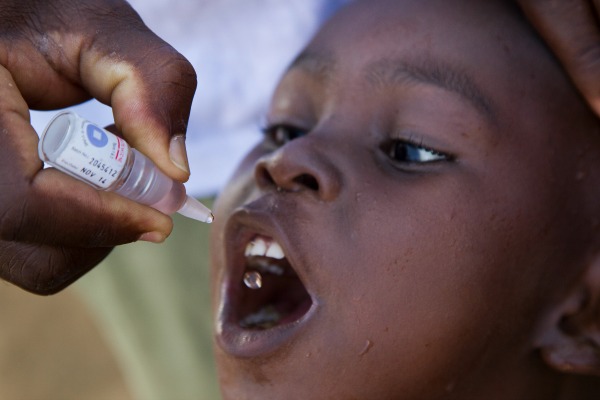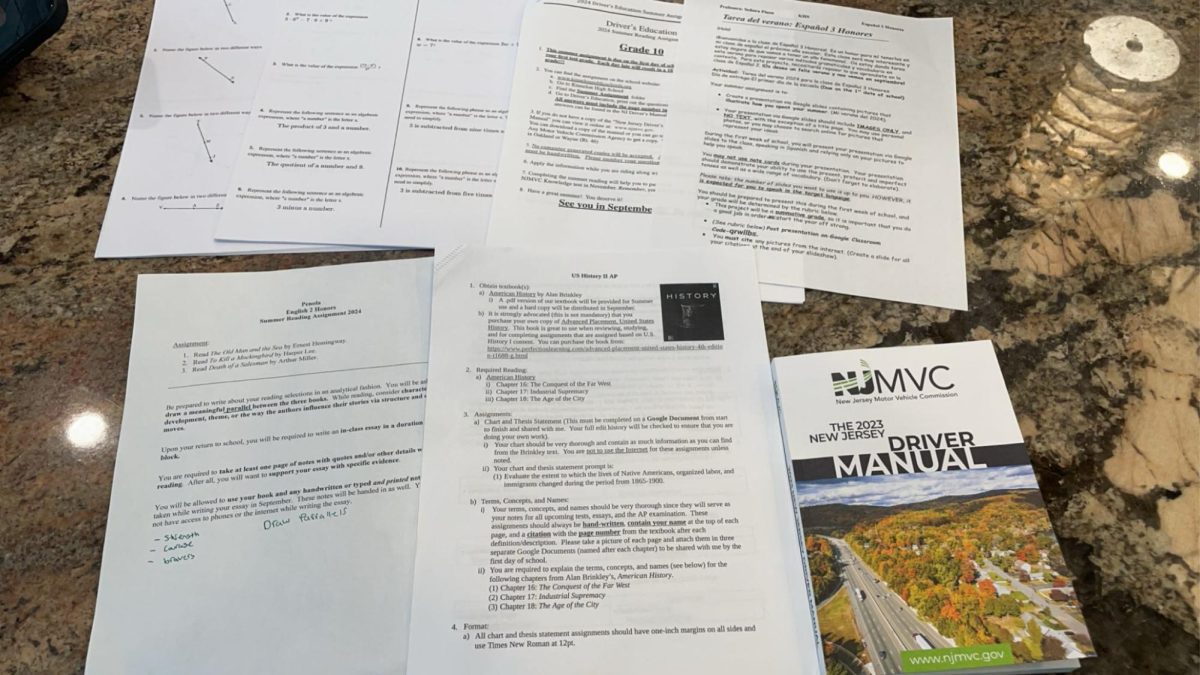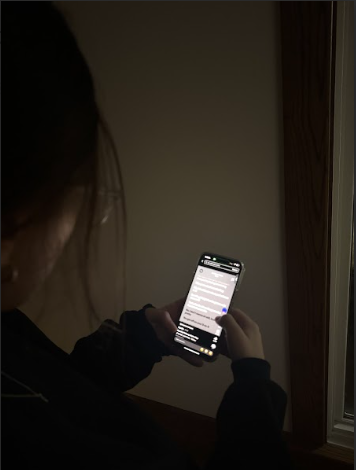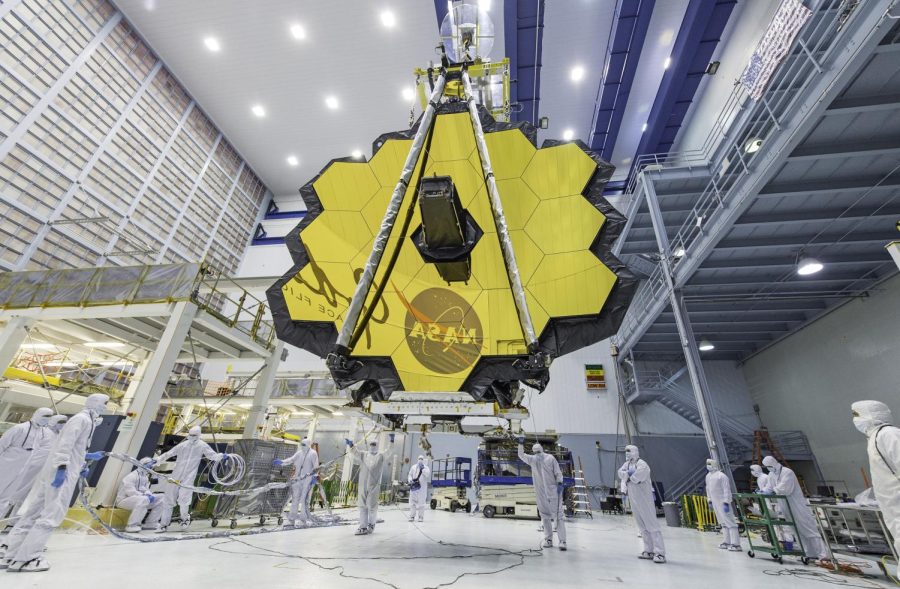
A six-year-old has a muscle disorder caused by damaged neurons in her body. Her central nervous system handles the brain and spinal cord, and these neurons extend and provide tone and responsive ability to the muscles. Muscles of the arms and legs are all connected to the motor neurons – the extended neurons- and polio affects these motor neurons, leading to asymmetric paralysis in young children who contract the disease, including this young girl.
This story tells the living nightmare of many children in the United States from 1995 to 1979, when polio was finally eradicated in the United States. However, this eradication was not worldwide in 1979. polio is now near-global eradication but still remains near the Pakistan-Afghanistan border and in Nigeria.
Polio in the United States
The journey of polio began in the United States in 1894, when the first case was discovered in Vermont. However, there was a large spread of the disease in 1916 in New York, causing it to become a national issue. The spread of polio, according to NPR.org, “changed the way that Americans looked at health and disability.”
It was known that even former President Franklin D. Roosevelt caught the virus; yet this case was interesting because polio was known to primarily affect younger people, and at the time, FDR was in his thirties. Another particular factor was that he was paralyzed in both his legs, whereas polio typically leads to asymmetric paralysis. Some believe that he was misdiagnosed and instead had Guillain-Barré syndrome.
The earliest vaccine was created by the New York Research University and was tested on 1,000 kids. The vaccine left nine dead and gave no new immunity to help them battle polio. The vaccine was rushed, and therefore, was unable to provide the best results. Soon, came a successful vaccine by Jonas Salk from the University of Petersburg, the vaccines helped millions.
Polio in Pakistan-Afghanistan border and Nigeria
Even with successful vaccines, some children are led to permanent paralysis, despite most being cured. So far, the two vaccines still used are Salk and Albert Sabin. Albert Sabin is used more frequently today; it requires giving two drops in the mouth of the child, and due to its simple and feasible design it allows vaccine campaigners in rural areas of Pakistan-Afghanistan and in Nigeria to be able to distribute at the camps easily.
According to gatesfoundation.org, “Despite this progress, if we fail to fully eradicate this highly contagious disease, within a decade, we could witness a resurgence of as many as 200,000 new cases annually.” Therefore, the battle with polio is still ongoing, and though it’s just in three countries currently, if not handled well, it can quickly escalate and become a second pandemic on our hands.
Action on Polio Today
Bill and Melinda Gates Foundation is known for its involvement in this fight against polio through its support of GPEI – Global Polio Eradication Initiative. Currently, the Bill and Melinda Gates Foundation “contribute technical and financial resources to accelerate targeted vaccination campaigns, community mobilization, and routine immunizations.” They also have special surveillance ongoing in the three countries in order to keep polio from spreading and end it as soon as possible.
Oct. 25 is World Polio Day, and this day is a reminder of the troubles faced, and still faced by many against this deadly disease. It is also a reminder that the Polio battle is still ongoing despite the cases being less than the amount in 1894 and eradicated in America.








